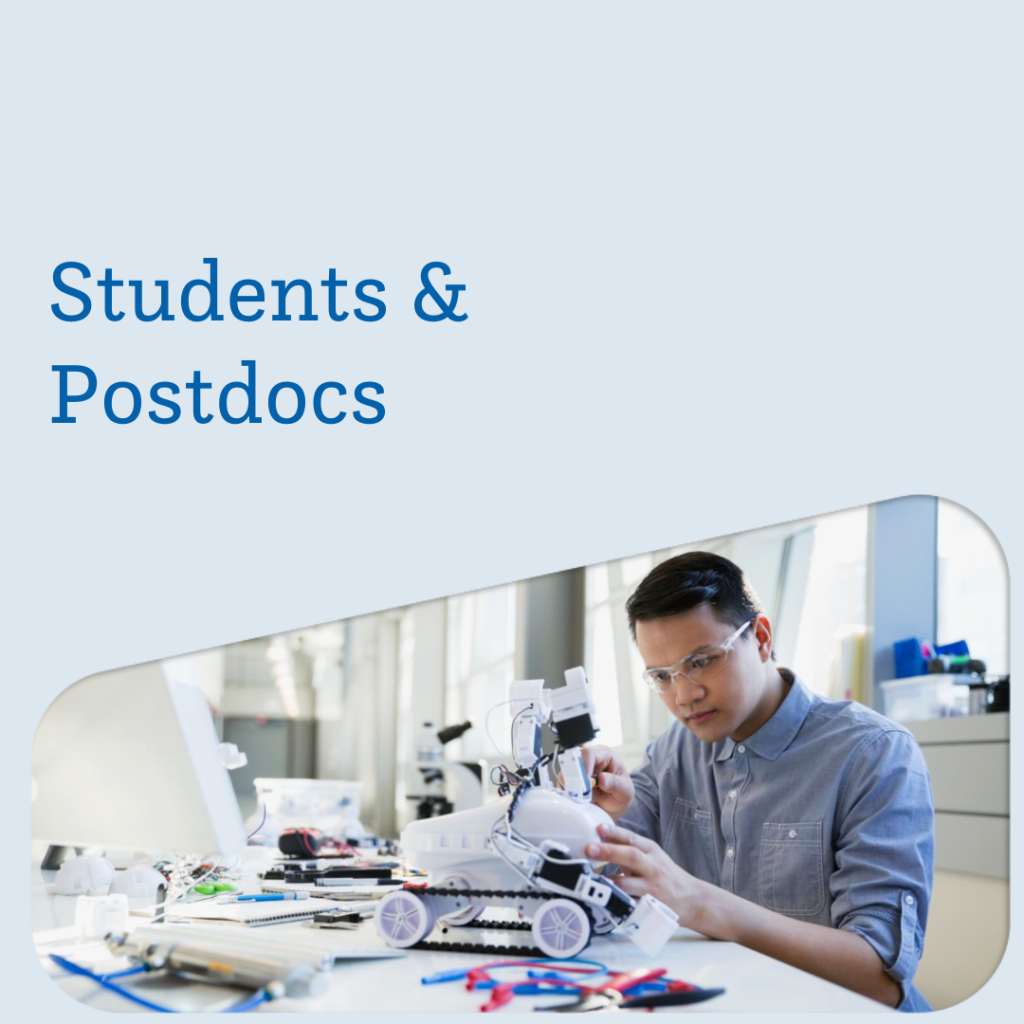Find the right program that matches your needs, increases your impact, and helps you develop the best solutions for your community.
Please select which group describes you and get started

I want to innovate and work with highly-skilled academic talent.

I want to partner with a business or not-for-profit to undertake a research project.

I want to gain invaluable hands-on experience with industry leaders.
Discover which Mitacs Program will best fit the needs of your project based on which group best described you.
Already know what Program you’re interested in?
Keep scrolling to start your application.
Business
Get one-to-one support finding matching funding and the best talent to help you solve your organization’s research challenges.
Read MoreProfessor
Find new grant sources, local and global research opportunities, and training for students and postdocs. Funding is available for all disciplines.
Student or Postdoc
Develop your career through new research connections, professional training, and collaborative partnerships. Funding is available for all disciplines.
Read MoreFor Students and Postdocs
Mitacs Training
Hone your professional skills and give yourself a competitive edge by participating in Mitacs Training.
Open to undergraduate students, graduate students, postdoctoral fellows, past graduate students that have completed a degree from a Canadian institution within the past two years, and Mitacs program participants, the courses are free of charge, facilitated by industry leaders, and cover core competencies such as management, communication, and intrapreneurialism. Offered online throughout Canada, Mitacs Training is also designed to complement the hands-on research skills and experience gained through initiatives such as Accelerate, Elevate, and Globalink.